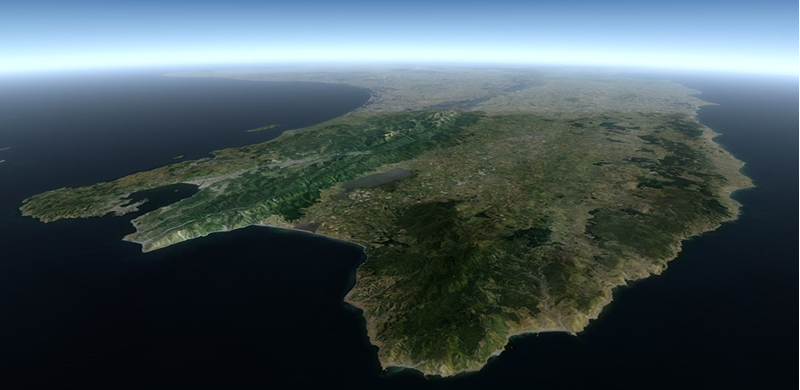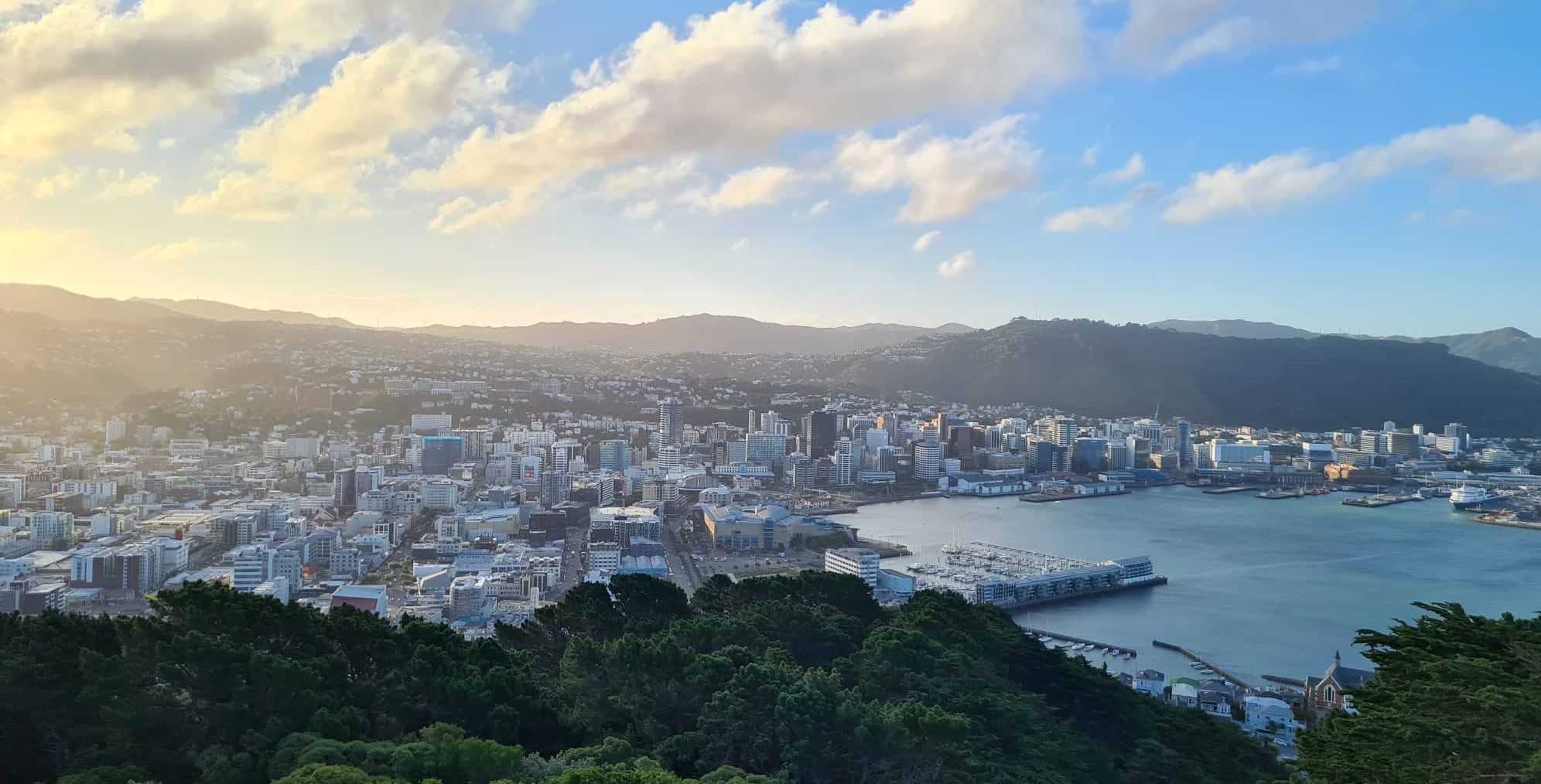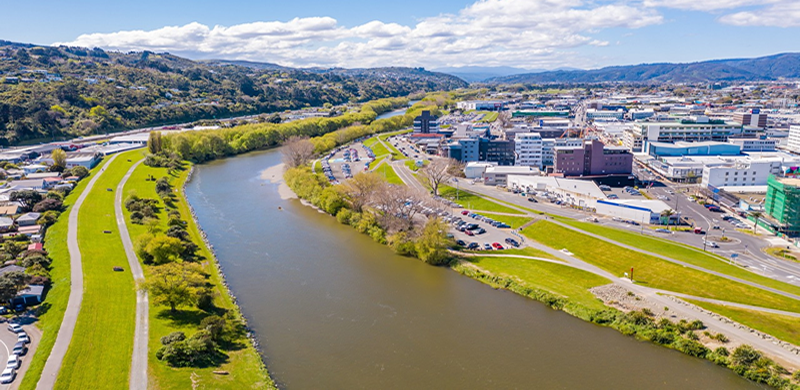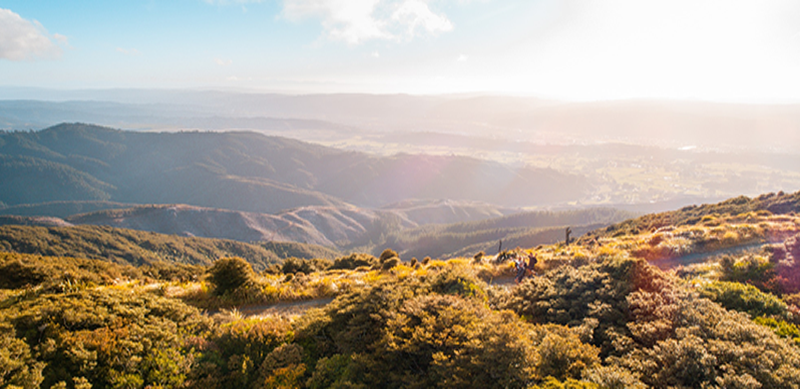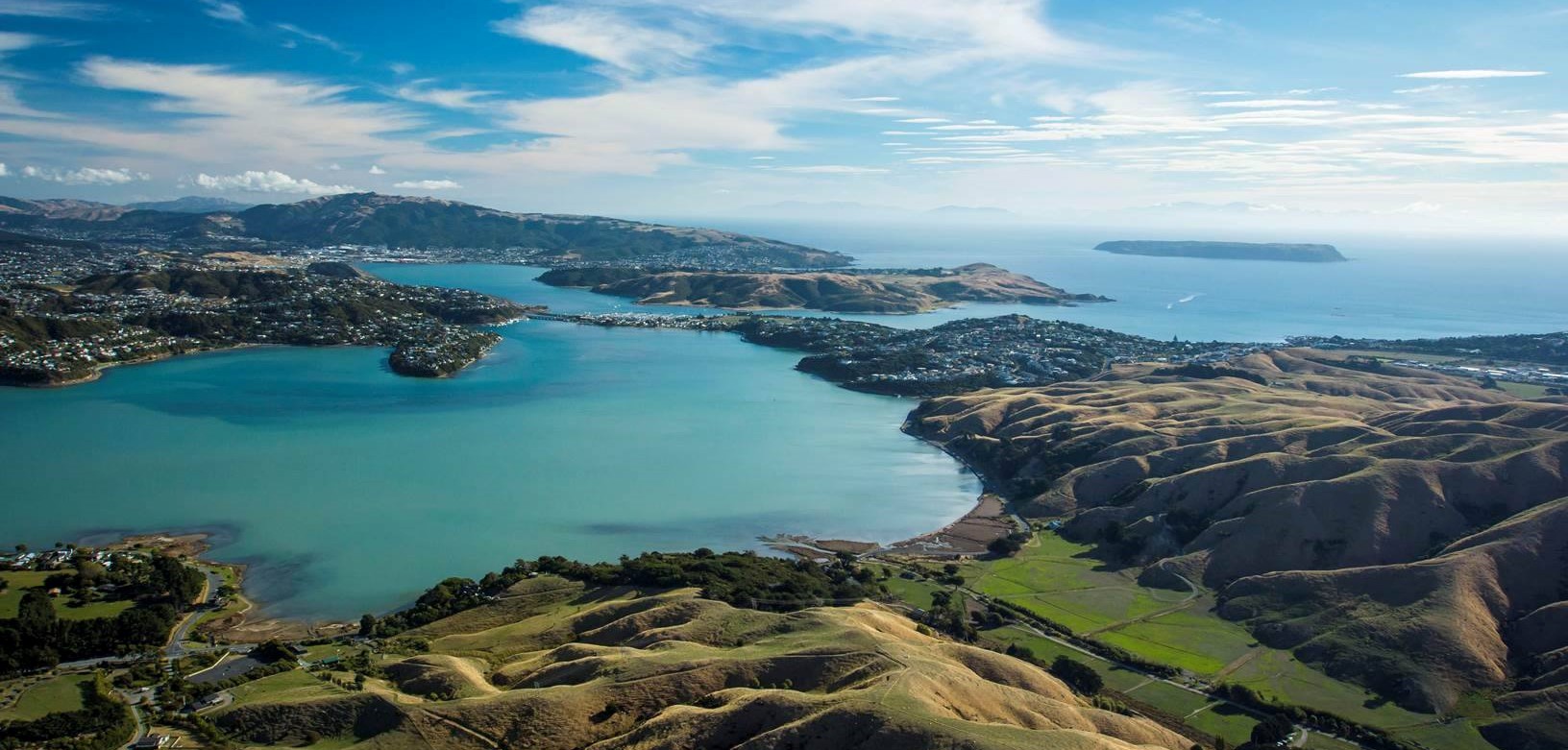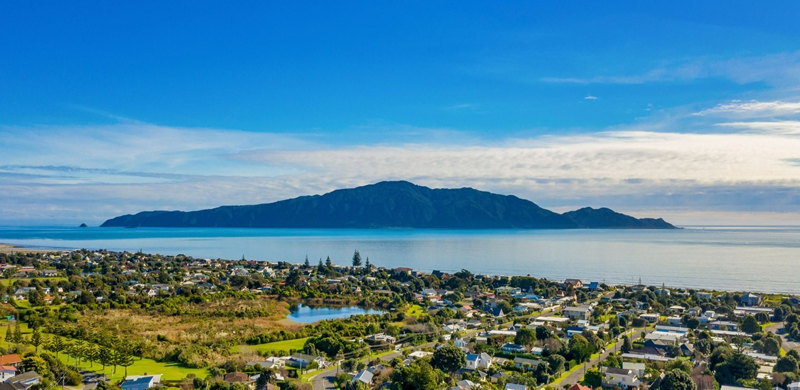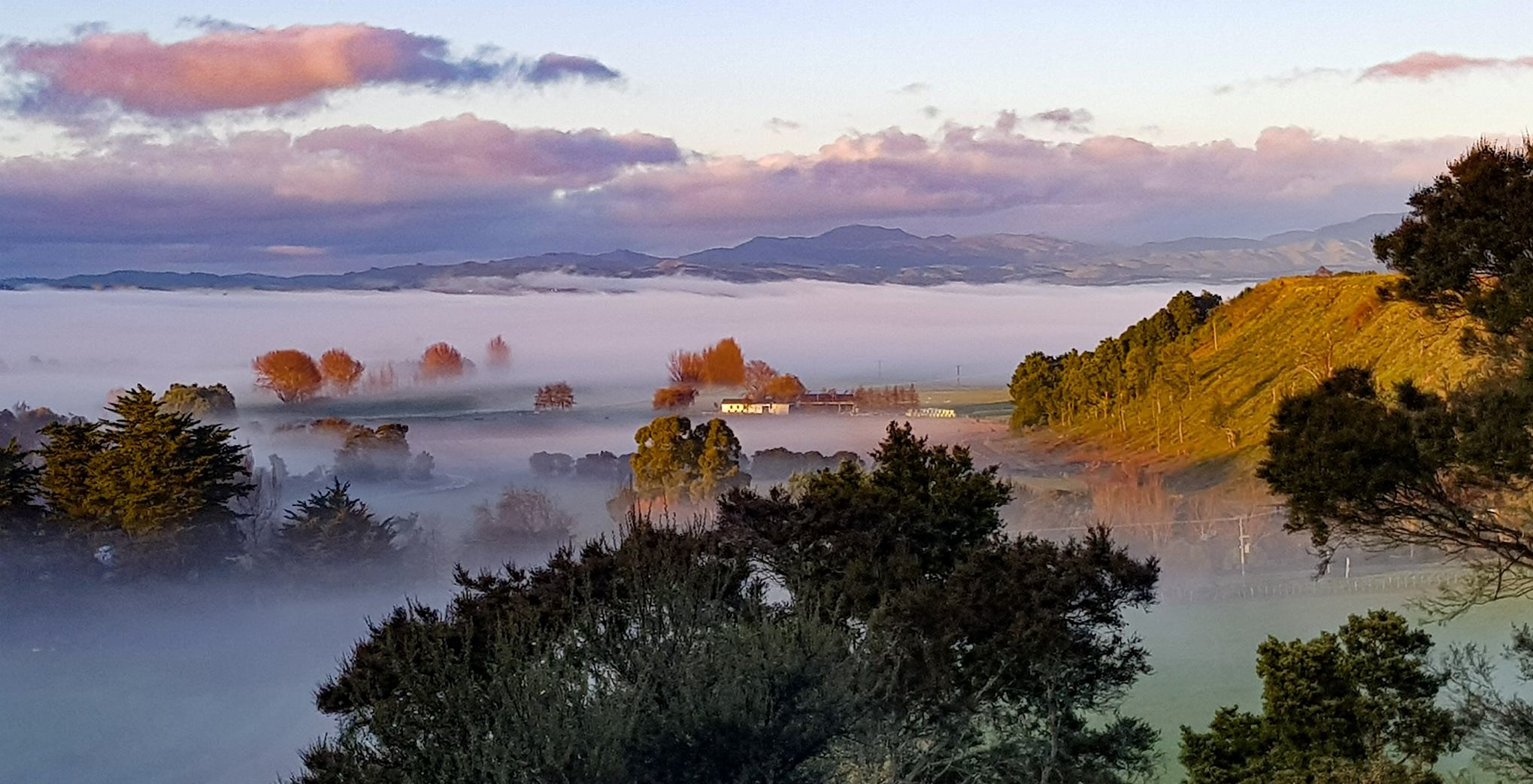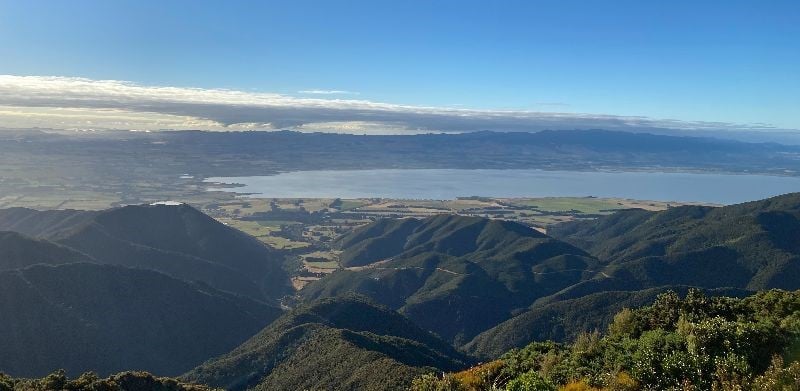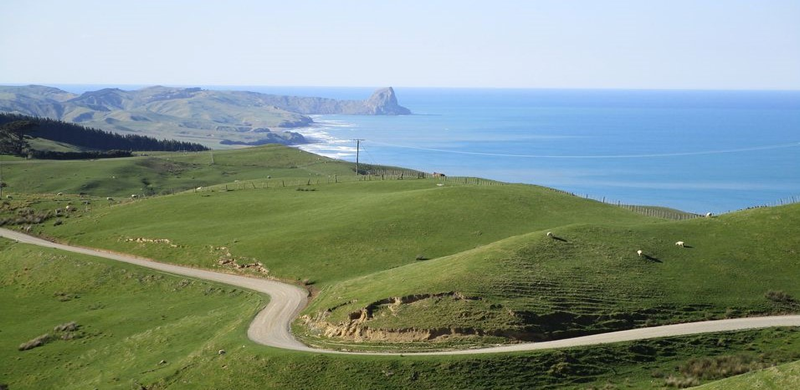Greater Wellington Region
The Greater Wellington region/Te Upoko o te Ika is home to around 506,814 people. The Greater Wellington Regional Council is responsible for environmental management, flood protection and land management, provision of regional parks, public transport planning and funding, and metropolitan water supply. There are various hazards that face the Wellington region including earthquake, tsunami, flooding, storms, and landslides. The Wellington Region’s physical geography and topography, with mountain ranges running north-south and dynamic river systems, mean that during a major earthquake it’s likely the local council areas will be isolated from each other. Within the region there are 4 cities (Wellington, Porirua, Lower Hutt and Upper Hutt), and 4 districts (Kāpiti, South Wairarapa, Carterton and Masteron).
